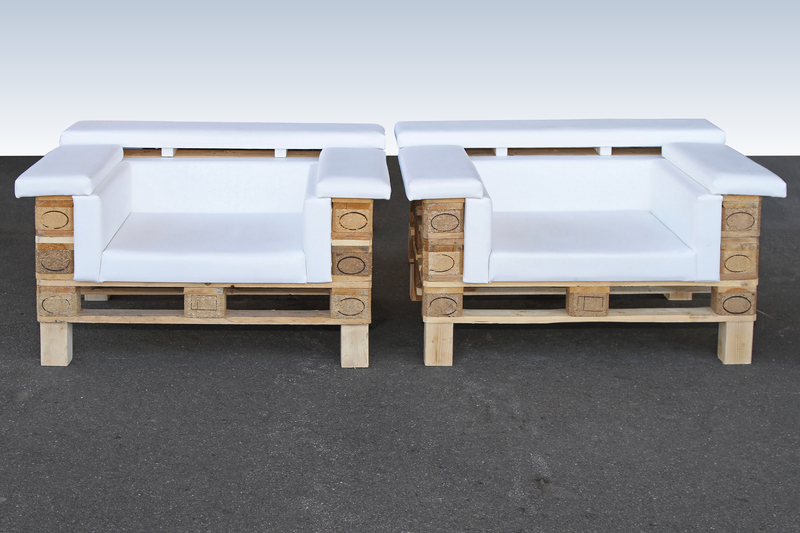In today's fast-evolving industrial landscape, minimizing waste is not just an environmental concern but a significant cost-saving opportunity. By implementing cost-effective strategies to reduce waste, manufacturers can improve their bottom line while enhancing their sustainability profile. In this article, we'll explore several innovative yet practical methods to reduce manufacturing waste.
Understanding the Importance of Waste Reduction
Before delving into specific strategies, it's crucial to comprehend why reducing waste is essential. Waste elimination not only saves costs on raw materials and waste disposal but also contributes to a company's overall operational efficiency. Furthermore, reduced waste practices enhance the company's reputation, aligning with sustainable business practices that consumers increasingly prefer.

Effective Waste Reduction Strategies in Manufacturing
1. Conduct a Waste Audit
The first step in reducing manufacturing waste is understanding where the waste is coming from. Conduct a thorough waste audit to identify the primary sources and types of waste generated. By analyzing this data, manufacturers can target specific areas for improvement and resource optimization.
2. Implement Lean Manufacturing Techniques
Lean manufacturing emphasizes improving efficiency by eliminating waste. This involves streamlining processes to ensure resources are used effectively, which reduces unnecessary expenditure. Common lean techniques include:
- Just-In-Time (JIT) Production: Minimize inventory by producing only what is needed when it is needed, reducing excess and obsolete inventory.
- Value Stream Mapping: Analyze the flow of materials and information to identify and eliminate wasteful steps.
- 5S Methodology: Organize the workplace to enhance efficiency and reduce confusion, which often leads to waste.
3. Recycling and Reusing Materials
Many materials in the manufacturing process can be recycled or reused. Establish a recycling program within the production facility to reclaim materials such as metals, plastics, and paper. Encouraging a culture of reuse can significantly lower material costs and reduce environmental impact.
4. Improve Quality Control
Waste is often a byproduct of defects and poor-quality products. By improving quality control, manufacturers can reduce defective products and rework, both of which contribute to waste. Consider employing:
- Advanced Quality Control Systems: Adopt technologies such as automated inspection and AI to detect defects early.
- Total Quality Management (TQM): Engage everyone in the organization in the task of improving processes, products, services, and culture.
Leveraging Technology for Waste Management
1. Implement IoT Solutions
Internet of Things (IoT) devices provide real-time monitoring of manufacturing processes, facilitating the identification of wasteful practices. Sensors can help track energy usage, material waste, and equipment efficiency, enabling timely interventions.
2. Adopt Predictive Maintenance
Predictive maintenance utilizes data analytics to predict equipment failures before they occur, thereby reducing downtime and preventing unnecessary waste of resources. By maintaining machines optimally, manufacturers can lengthen the lifespan of the equipment and avoid the costs associated with unexpected breakdowns.
Employee Engagement and Training
Engage employees in waste reduction initiatives to foster a culture of sustainability within the organization. Training sessions and workshops can be vital in educating staff about the importance of reducing waste and how they can contribute. Consider the following approaches:
Empower Employees: Encourage workers to identify inefficiencies and suggest improvements to reduce waste in their tasks.Incentivize Participation: Offer rewards or recognition to teams or individuals who contribute effectively to waste reduction targets.

Partnering with Suppliers and Customers
Working collaboratively with suppliers and customers can further enhance waste reduction efforts. This involves:
1. Supplier Collaboration
Engage suppliers in discussions about product design and packaging to use minimal materials and recyclable components. Aim for materials that are necessary and eco-friendly, reducing what might otherwise become waste.
2. Customer Engagement
Educate customers on the importance of sustaining products and proper disposal methods. Offering take-back programs for end-of-life products not only reduces waste but also builds a loyal customer base.
Conclusion
Reducing manufacturing waste is a multifaceted process that involves strategic planning, innovative technology, and collaborative efforts across the supply chain. By focusing on these cost-effective strategies, manufacturers can not only decrease waste but also enhance their economic and environmental sustainability. Implementing these approaches will not only lead to immediate cost savings but also position a company as a leader in sustainable manufacturing practices.
By prioritizing waste reduction, manufacturers can enjoy not only financial benefits but also contribute meaningfully to a healthier planet, ensuring long-term success and viability in an increasingly eco-conscious world.